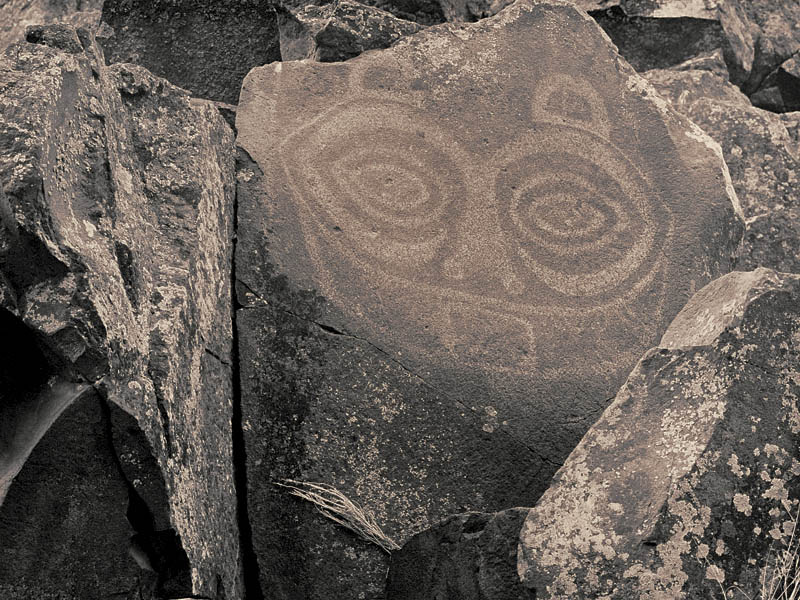Columbia Basin Fish Accords
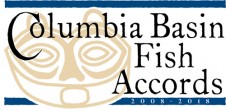 On May 2, 2008, CRITFC, the Umatilla, Warm Springs, Yakama, and Colville tribes, the Bonneville Power Administration, U.S. Army Corps of Engineers, and the Bureau of Reclamation gathered near the Tsagaglalal (“She Who Watches”) petroglyph at Columbia Hills State Park along the Columbia River to sign the Columbia Basin Fish Accords. Read the full text of the Columbia Basin Fish Accords MOA
On May 2, 2008, CRITFC, the Umatilla, Warm Springs, Yakama, and Colville tribes, the Bonneville Power Administration, U.S. Army Corps of Engineers, and the Bureau of Reclamation gathered near the Tsagaglalal (“She Who Watches”) petroglyph at Columbia Hills State Park along the Columbia River to sign the Columbia Basin Fish Accords. Read the full text of the Columbia Basin Fish Accords MOA The partnerships created with the Accords secured $900 million for salmon restoration projects throughout the Columbia River Basin. With the Accords, resources previously used on litigation were rerouted to the more productive use of implementing on-the-ground projects.
In return, the BPA gained a ten-year period of certainty for hydropower generation. The Accords require adaptive management for dam operations to meet survival and passage needs of the salmon. The tribes agreed to not litigate for additional fish protection at the dams or the breaching of the Snake River dams for ten years. By working in partnership, the parties have shifted their relationships from adversarial to one based on negotiation and collaboration.
Though the Nez Perce Tribe was not a signatory to the agreement, its projects are consistent with those of the other tribes and CRITFC, thereby creating a system-wide approach to salmon restoration.

On May 2, 2008, the Umatilla, Warm Springs, Yakama, and Colville tribes, the Columbia River Inter-Tribal Fish Commission, the BPA, the US Bureau of Reclamation, and the US Army Corps of Engineers gathered to sign a ceremonial deer hide emblazoned with the Accord logo, also unveiled at the event.
Adapt, protect, restore
The tribal projects funded by the Accords fall into six categories:
- Harvest Projects
These projects provide improved understanding of catch composition and movement of adult fish and tribal fishing regulation enforcement for the responsible management of fisheries. - Passage Projects
These projects improve the accounting of the abundance of Columbia Basin salmon stocks, the assessment of impacts on individual stocks as they migrate through the system, and the accuracy of escapement estimates for individual stocks. - Production Projects
These projects devise and evaluate fish propagation strategies to maximize conservation and harvest opportunities and appropriately direct mitigation efforts for hydrosystem-related fish losses. - Habitat Projects
These projects provide a deeper understanding of how habitat conditions—including watershed health, climate change scenarios, and restoration efforts—affect salmon production. - Lamprey Projects
These projects seek to halt the decline of the Pacific lamprey, with the longer-term goal of restoration to levels supportive of their unique cultural and ecosystem values. - Infrastructure & Outreach Projects
These projects implement measures and projects in a cost-effective and informed manner and ensure the measures are integrated with and complement existing management programs in the region; provide the opportunity to recast the public’s perception of salmon protection and restoration; and foster a greater understanding of and interest in salmon and healthy rivers.
10-year Summary
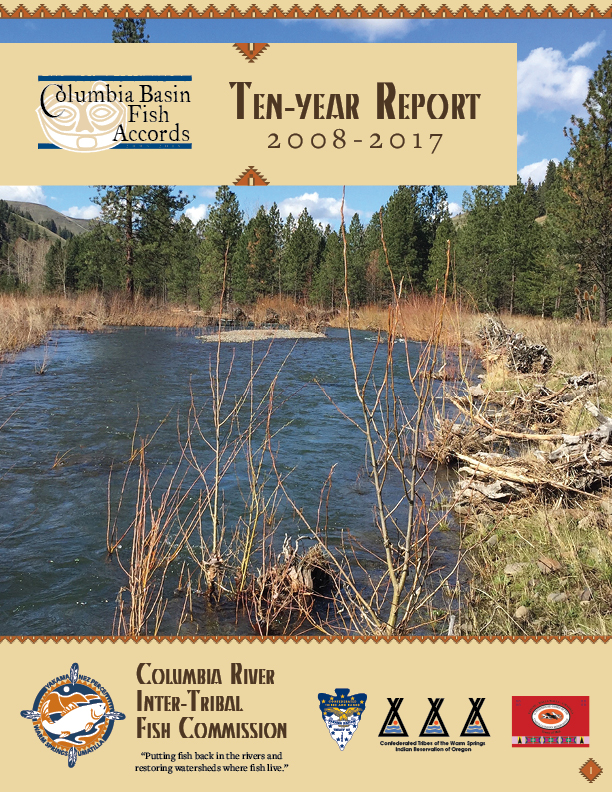
Download the 10-year summary report (38MB).
This report is an overview of the tribal efforts and accomplishments facilitated by funding from the Lower River Tribes’ Columbia River Fish Accords. It includes background information about the tribes and their connection to the natural resources of the Columbia Basin and the importance of salmon to their history and culture. The report features sections on fish status and trends and hydropower operations to give context to the state of the fish and the river over the course of the last decade. The report highlights tribal projects and successes for topic areas including Habitat Projects, Propagation, Lamprey and Sturgeon, RM&E, Predators and Invasive Species, Climate Change, and Partnerships and Coordination. Most of these topic areas include detailed maps, graphs and metrics, or charts to highlight various aspects of the work completed. The CRITFC team worked closely with the Yakama Nation STAR project and other partners to assemble this comprehensive report.
Ceremonial Signing
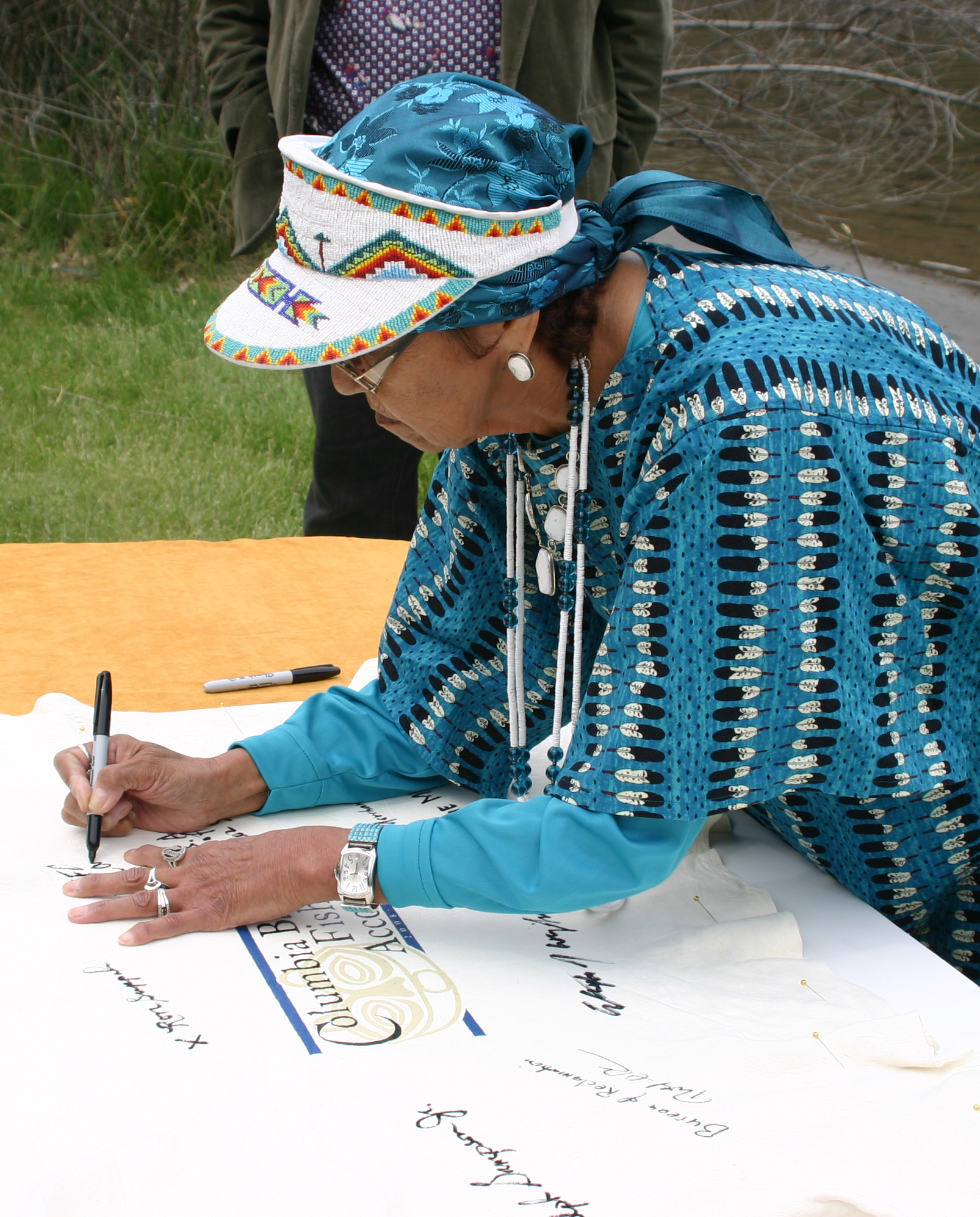
“It gives us great pride and hope to be in this special place, with the spirit of Tsagaglalal watching us – our witnesses to this day, hearing us say that through these Accords we commit to doing more to protect and restore the region’s fish populations.”
—Fidelia Andy, tribal council member for the Yakama Nation and chairwoman of the Columbia River Inter-Tribal Fish Commission
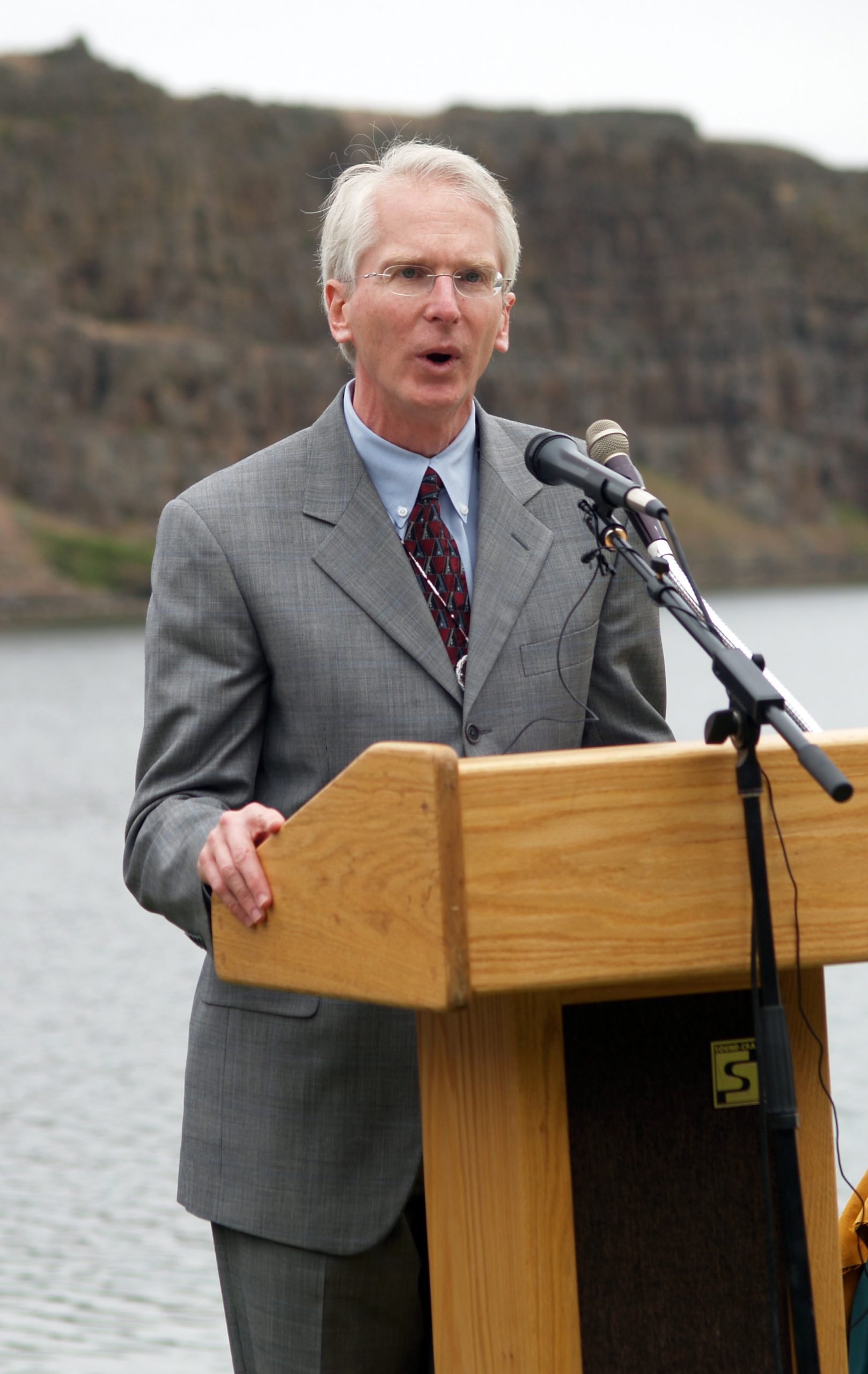
“These Accords move the focus away from gavel-to-gavel management and toward gravel-to-gravel management. By putting litigation behind us and putting actions to help fish in front of us, we will better ensure that Columbia Basin fish will benefit.”
—BPA Administrator Steve Wright

